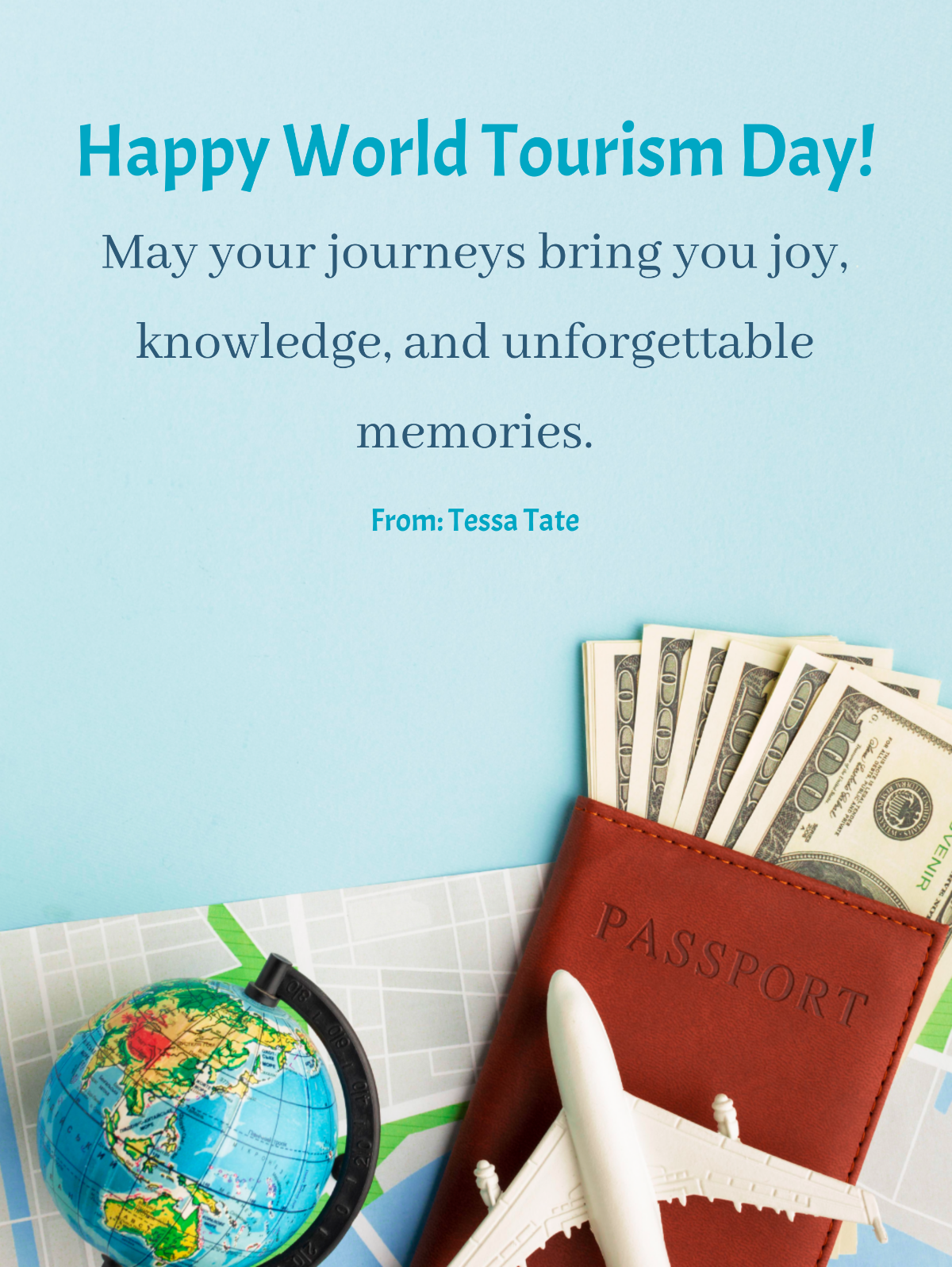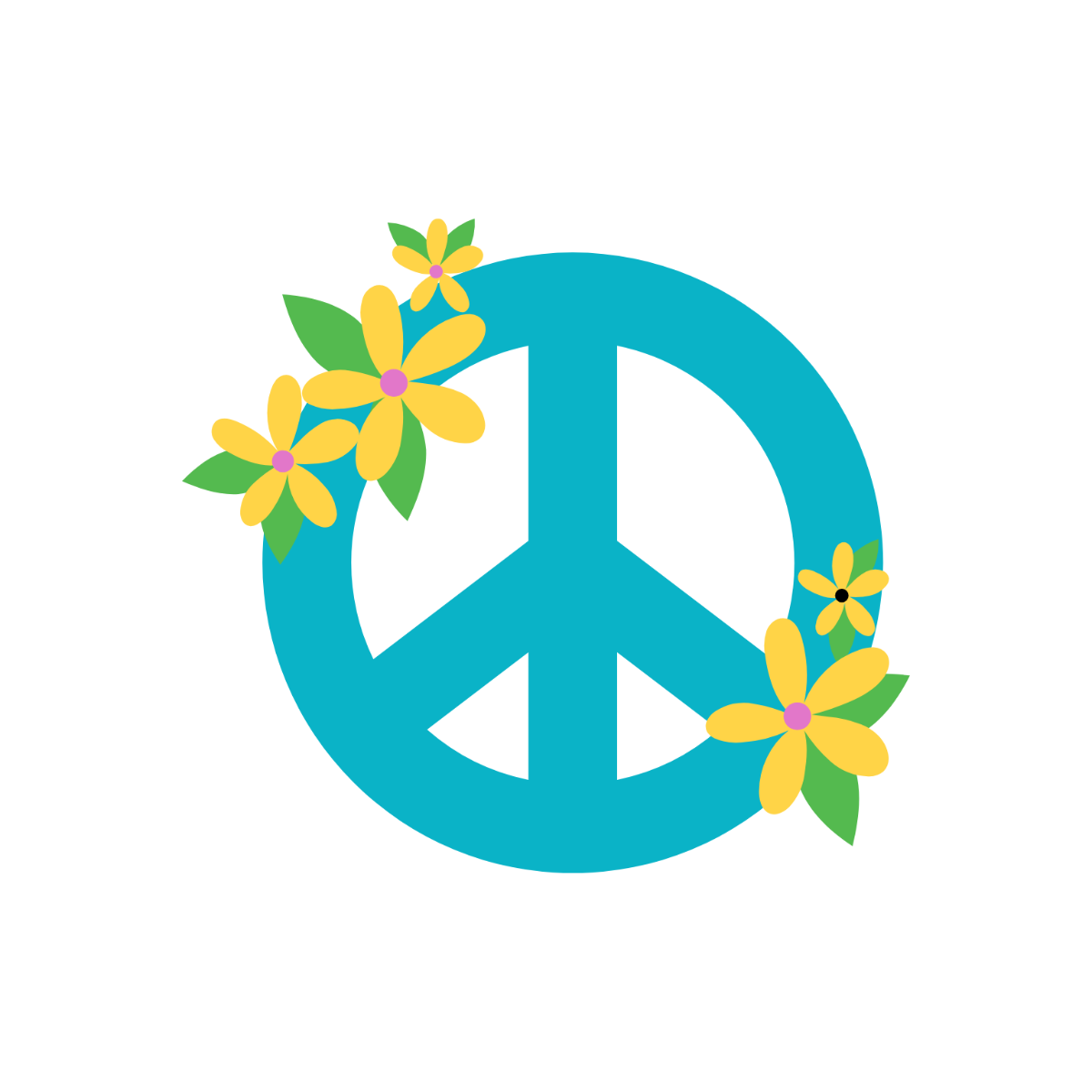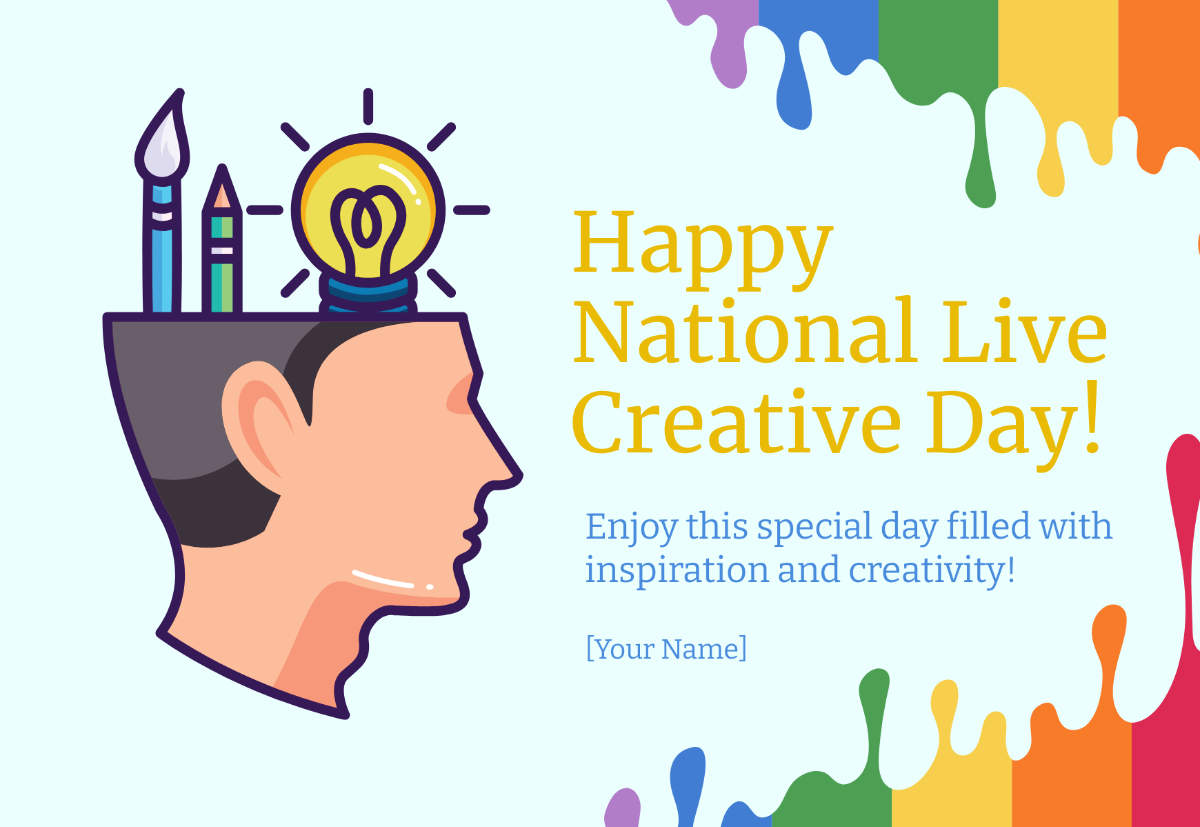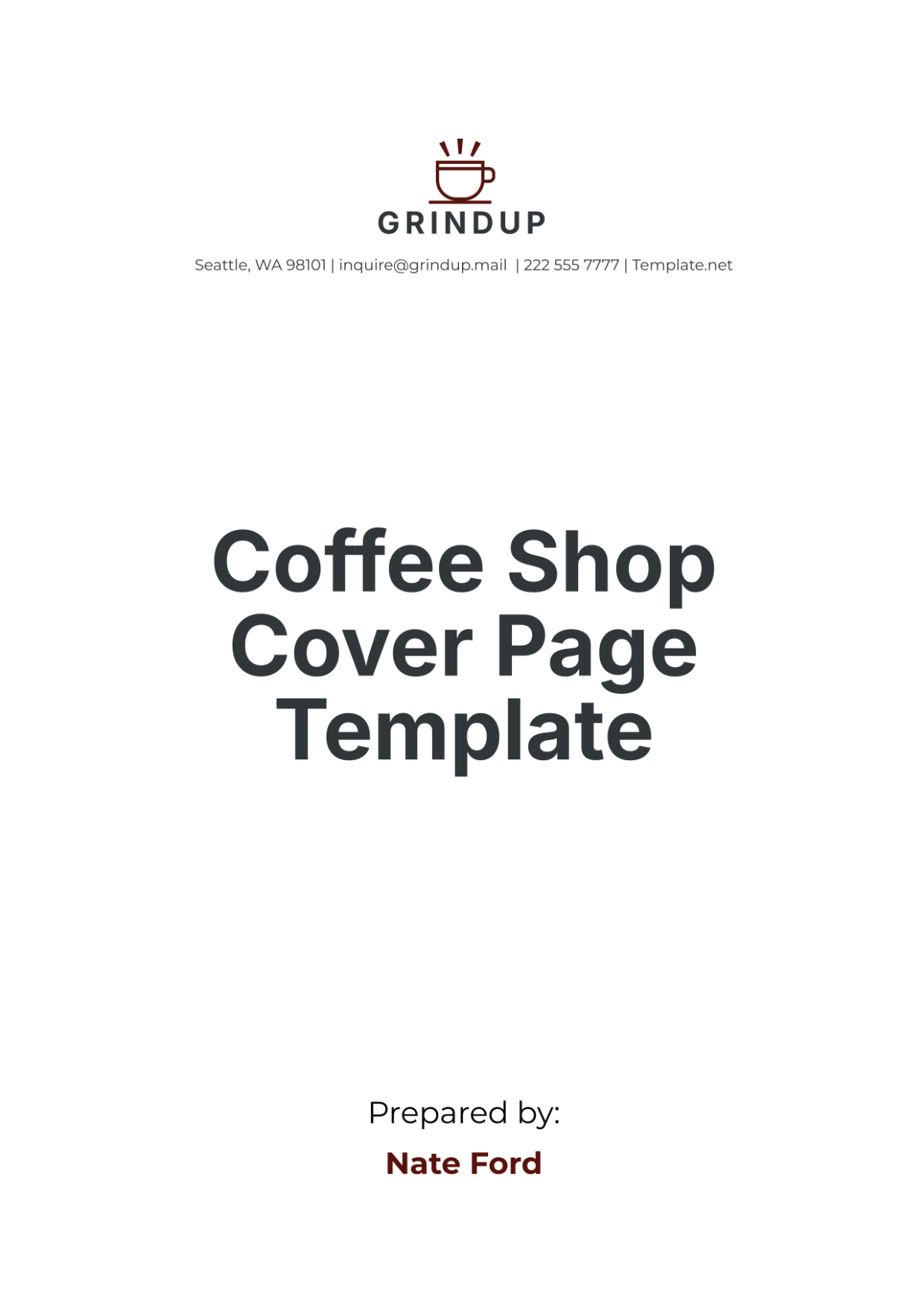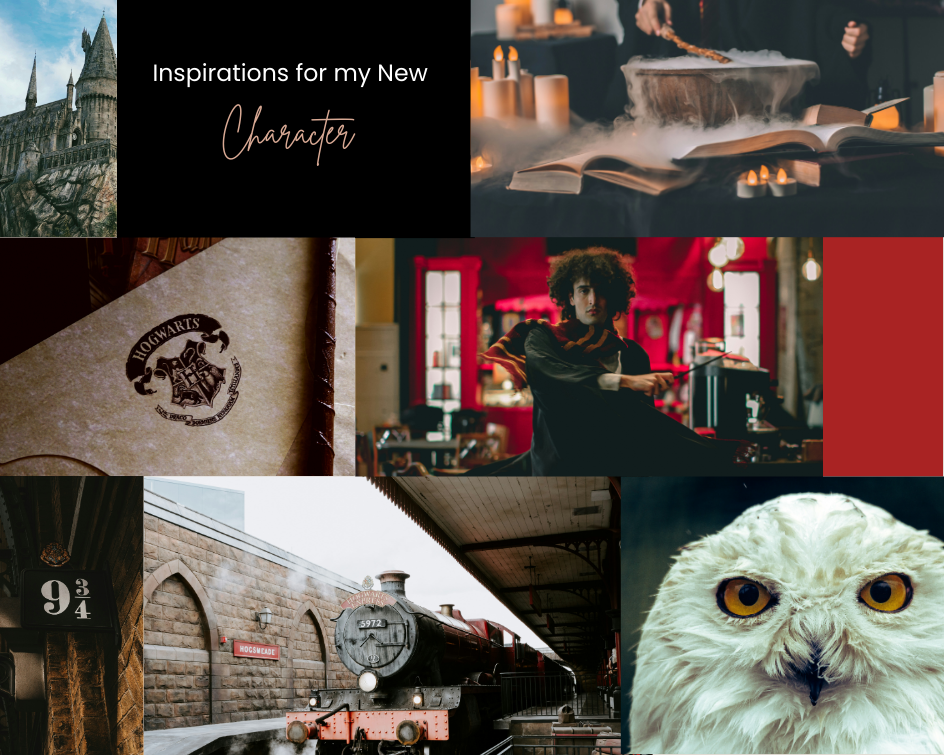Bedtime Rules
Prepared By: [Your Name]
1. Introduction
Establishing bedtime rules is crucial for maintaining a healthy sleep routine. Consistent and well-structured guidelines promote better sleep quality and ensure a smooth transition to bedtime. Whether for children or adults, these rules help foster a restful and rejuvenating night.
2. General Guidelines
2.1 Consistency
Same Time Every Night: Aim to go to bed and wake up at the same time each day. For instance, if bedtime is set at 8:00 PM, aim to be in bed by then every night, including weekends. This helps regulate your body's internal clock.
Routine: Create a predictable pre-bedtime routine. For example, start winding down an hour before bed with activities like reading or gentle stretching.
2.2 Environment
Comfortable Sleep Space: Ensure the bedroom is quiet, dark, and cool. Consider using blackout curtains and a white noise machine if needed.
Clean and Safe: Keep the sleeping area tidy and free from clutter. Ensure the mattress and pillows are comfortable and in good condition.
3. Pre-Bedtime Routine
3.1 Activities
Relaxing Activities: Engage in calming activities, such as reading a favorite book, listening to soft music, or practicing deep breathing exercises. Avoid vigorous exercises or stimulating TV shows right before bed.
Avoid Stimulants: Steer clear of caffeine, nicotine, and heavy meals close to bedtime. These can interfere with your ability to fall asleep.
3.2 Hygiene
Brushing Teeth: Brush your teeth thoroughly before bed to maintain oral health. Consider flossing and using mouthwash as part of your nighttime routine.
Bathing: A warm bath or shower can help relax muscles and signal to your body that it's time to wind down for sleep.
4. Bedtime Rules for Children
4.1 Age-Appropriate Bedtimes
Infants (0-12 months): Establish a consistent sleep schedule, such as a bedtime of 7:00 PM. Follow a soothing routine like a lullaby or gentle rocking to signal bedtime.
Toddlers (1-3 years): Set a regular bedtime around 7:30 PM. Use calming activities like reading a short story and offer a favorite stuffed animal to comfort them.
Preschoolers (3-5 years): Maintain a bedtime of 8:00 PM. Incorporate calming activities such as a bedtime story or quiet playtime. Limit screen time and ensure they understand the bedtime routine.
School-Aged Children (6-12 years): Encourage a consistent bedtime of 8:30 PM. Implement a wind-down routine that might include reading a book or discussing the day. Limit exposure to screens and ensure they have a quiet environment for sleep.
4.2 Behavioral Expectations
Stay in Bed: Teach children to stay in bed once it's bedtime. Provide reassurance if they get up, but gently guide them back to bed.
Address Nighttime Fears: Offer comfort and address any nighttime fears calmly. Use a nightlight or a favorite comfort object if it helps them feel secure.
5. Bedtime Rules for Adults
5.1 Sleep Hygiene
Limit Caffeine and Alcohol: Avoid consuming caffeinated beverages like coffee or energy drinks after 2:00 PM. Similarly, limit alcohol intake, as it can disrupt sleep patterns.
Pre-Sleep Ritual: Develop a relaxing pre-sleep routine such as reading a book, practicing meditation, or taking a warm bath. Avoid stimulating activities like working on your laptop or engaging in intense discussions.
5.2 Technology Use
Screen Time: Limit screen exposure at least one hour before bed. Use features like "Night Mode" on devices if necessary to reduce blue light exposure.
Sleep Environment: Create a tech-free zone in the bedroom. Charge devices outside the bedroom to avoid distractions and promote better sleep quality.
6. Managing Disruptions
6.1 Handling Night Wakings
Stay Calm: If you wake up during the night, stay calm and avoid looking at screens or clocks. Use techniques such as deep breathing or gentle stretching to help return to sleep.
Re-establish Routine: Follow your usual bedtime routine to help signal to your body that it’s time to sleep again. Avoid turning on bright lights or engaging in stimulating activities.
6.2 Addressing Sleep Problems
Monitor Patterns: Keep a sleep journal to track sleep patterns and any disruptions. Note what works and what doesn’t work in your routine.
Seek Professional Advice: If sleep issues persist, consider consulting a healthcare professional or a sleep specialist to identify and address underlying problems.
7. Conclusion
Implementing structured bedtime rules helps to establish a consistent and restful sleep routine. By maintaining consistency, creating a conducive sleep environment, and following a calming pre-bedtime routine, individuals can significantly improve their sleep quality and overall well-being.







